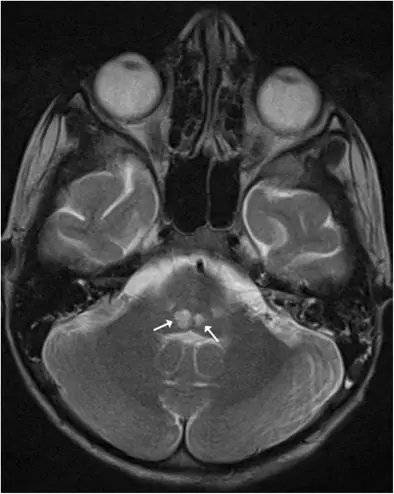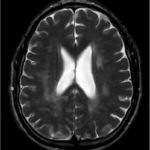Cerebral palsy is a group of disorders that affect a person’s ability to move and maintain balance and posture. Cerebral palsy is the most common motor disability in childhood.
What is the Pathology of Cerebral Palsy?
Etiology: The causes of cerebral palsy comprise all those conditions which may lead to abnormal development of the brain or damage to it which may occur during pregnancy, delivery, the first month of life, or less commonly in early childhood.
Genes involved: Unknown.
Pathogenesis: The sequence of events that lead to cerebral palsy include the abnormal development of the brain or damage to the developing brain that affects a child’s ability to control his or her muscles.
How does Cerebral Palsy Present?
Patients with cerebral palsy are mostly infants or children in preschool years. It is more common in boys than girls. The symptoms, features, and clinical findings associated with cerebral palsy include abnormal movements and variations in muscle tones.
How is Cerebral Palsy Diagnosed?
Cerebral palsy is diagnosed by physical exam.
How is Cerebral Palsy Treated?
Cerebral palsy may be treated by botulinum toxin injections and other muscle relaxants such as baclofen, tizanidine (Zanaflex), diazepam (Valium) or dantrolene (Dantrium). Physical therapy may be recommended, as well as surgical procedures to correct any bone abnormalities.
What is the Prognosis of Cerebral Palsy?
The prognosis of cerebral palsy is good if it is mild, and the child can live up to 20 years. However, as the severity increases, the prognosis becomes poor.



